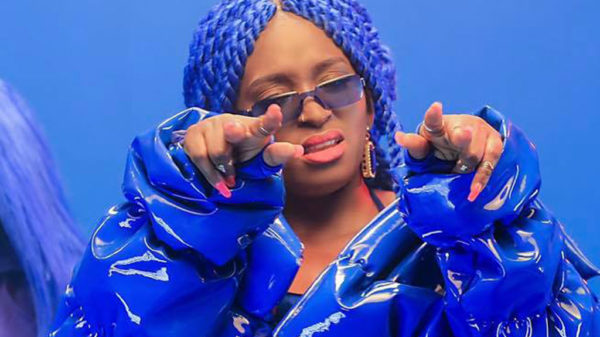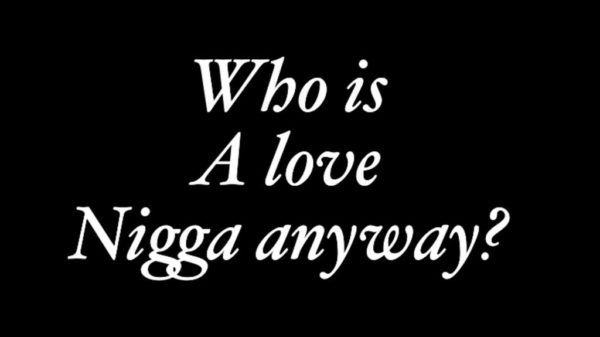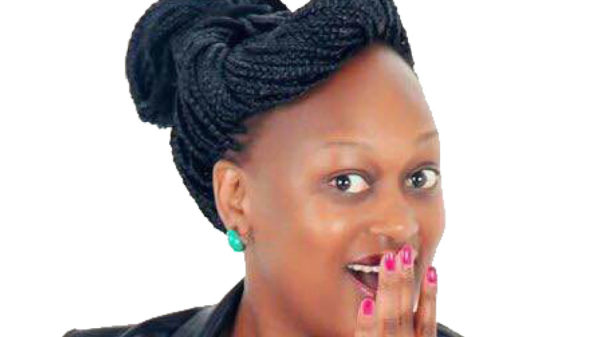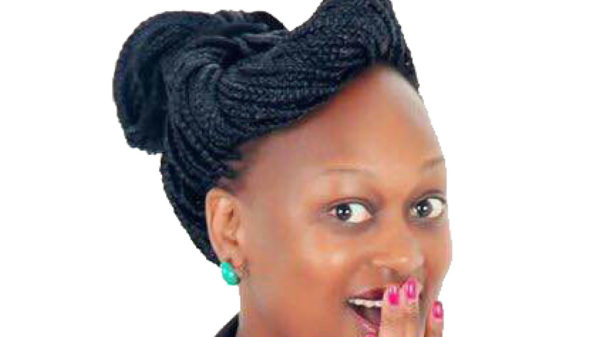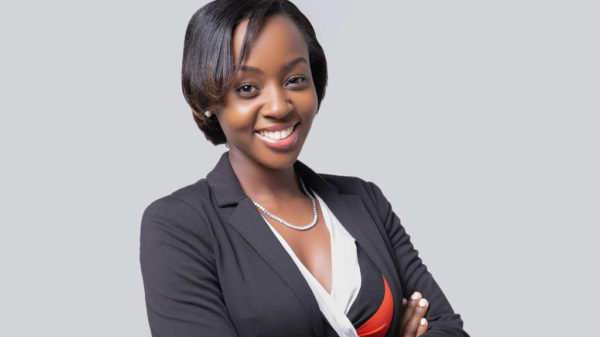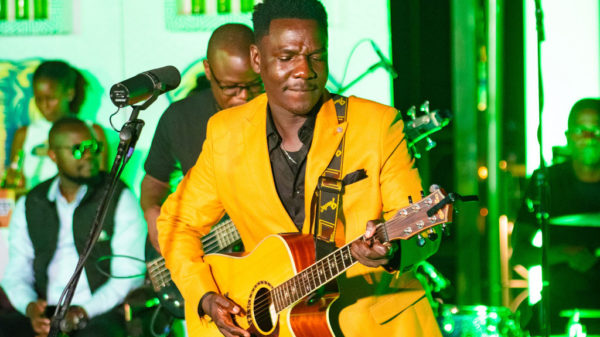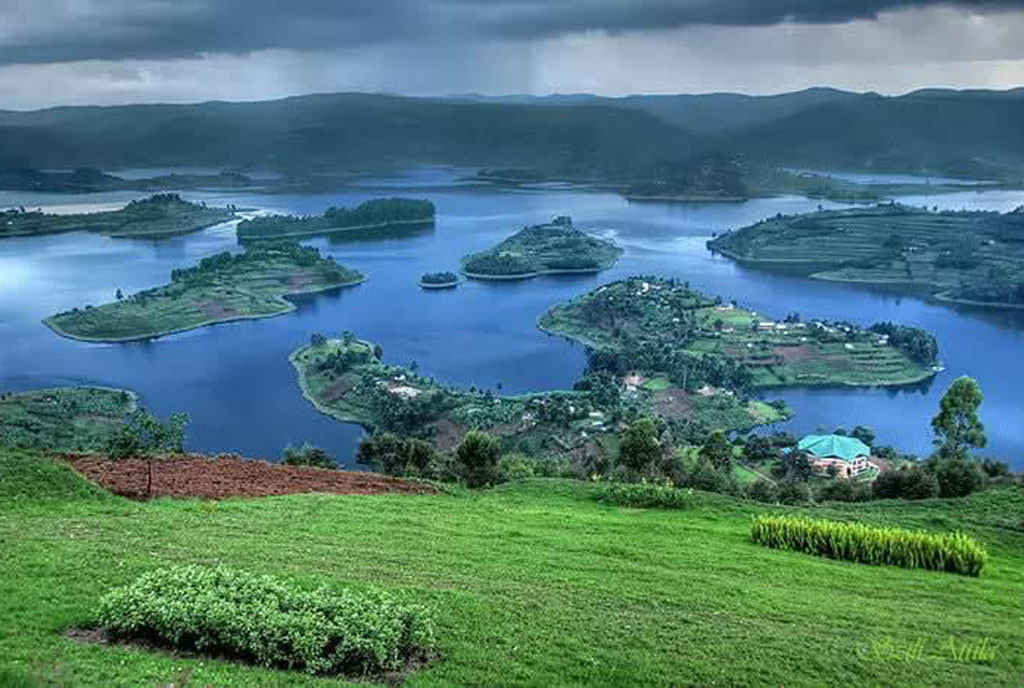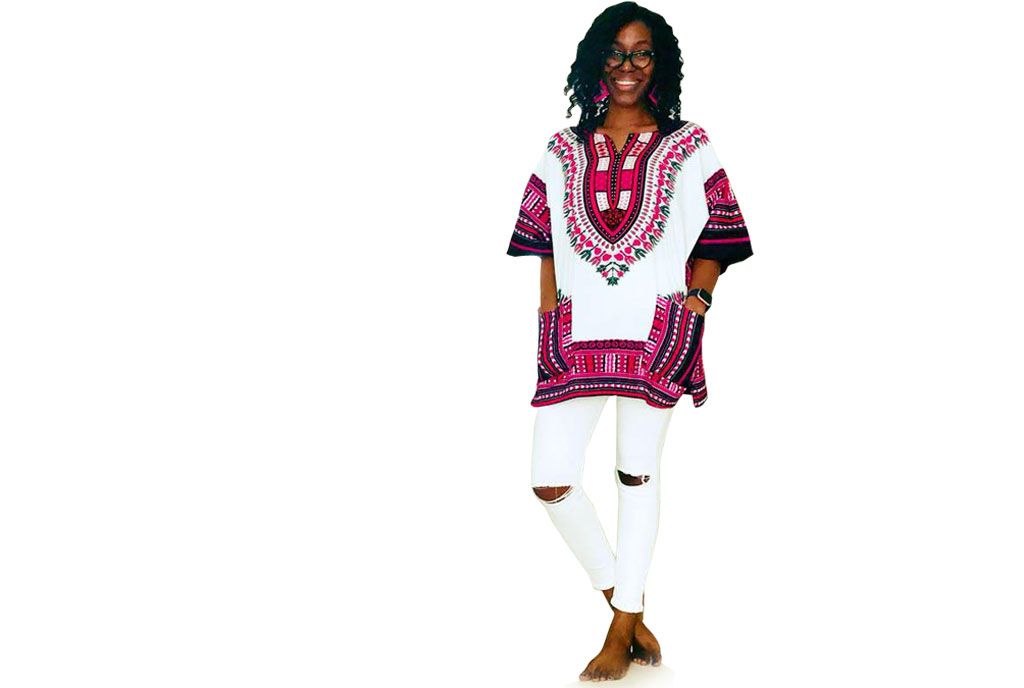#WakandaForever. This hashtag has taken over our timelines and statuses this past week. This Black Panther phenomenon may seem like overrated hype over a movie. However, there is more to the movie than lights, camera and action, writes Grace Kenganzi
“We are home.” This one line from the movie perhaps best describes the response to Black Panther. Home being a place you can identify with or even aspire to live. Like Dorothy in Wizard of Oz getting back home after tapping her ruby slippers, and saying, “there’s no place like home”, Black Panther’s setting of Wakanda is a sliver of where people hope to end up if dreams came true.
Ugandans do not usually warm up to superhero movies. The last movie that had almost this much hype around it was Fast and Furious 8. Fast cars aside, it is a no brainer why the movie was a hit.
Black Panther is based on the Marvel comic book character. The Black Panther is what the king of Wakanda is called, and Wakanda is a fictional country in Africa that the rest of the world believes is a third world country. However, it is actually a technologically advanced country that is rich in vibranium.
Breaking the cultural-socio norm
For the non-comic book fans, this fictional metal is very precious because of its uber-shield abilities. It is part of what makes up Captain America’s shield. If just a little bit of it is what makes Captain America dodge bullets and bombs, you see why a large amount of it is a treasure. That Wakanda has it with loads to spare should illustrate how powerful the country is.
READ: Black Panther is an opportunity for African story lines
An African country rich in a precious resource is not new, right? What is new, and one of the reasons people love the movie, is that Africans are not being exploited for the vibranium here. Instead, Wakanda has protected its secret and used the vibranium to develop its country. At the risk of a little spoiler, this vibranium has allowed Wakanda to provide aid to countries around the world. However, this is not done with the strings-attached manner aid is given today.
It is themes like this, which show that an African country can stand on its own and develop beyond imagination that have endeared the movie to millions of people, especially of African descent. It explains why some people do not even know the exact plot of the movie but are lining up to go and watch it.
The almost all-Black cast is what attracted non-comic book fans to the movie first, going by the social media chatter that preceded the release. That first movie poster teaser featuring Chadwick Boseman seated on a throne in the Black Panther suit, with a fierce gaze on his face, quickly became a popular profile photo. Boseman, who portrays T’Challa, Wakanda’s leader, exudes strength and a fierce dedication, very different from the way we have come to see a black man in a leading role of a Hollywood blockbuster. The last poster for a hit movie featuring a black man I can remember is Chiwetel Ejiofor in a distressed running stance. This was for 12 Years A Slave where he played Solomon Northup, a free man mistaken for a slave.
As more characters from Black Panther were released via movie posters, it was clear that this was not going to be your ordinary movie. In fact, Martin Freeman and Andy Serkis are the only White people on the movie poster.
Slavery, drug addiction and its effects, gangs, ghetto living and loving, anger management issues, that one Black friend with loads of unnecessary drama, these have become the clichéd portrayals we have seen portrayed over the years. White people are usually the voice of reason or saviours of sorts. To have a movie where Black people are not being chased down but doing the chasing is enough appeal.
That Ryan Coogler directed and co-wrote the script for the movie is a bonus. Bonus, because we have seen a black man directing and writing scripts for big movies before.

Wakanda is a fictional country in Africa that the rest of the world believes is a third world country in the movie Black Panther
Wakanda = Uganda?
Back to that ‘home’ feel of the movie, it is easy to identify the African tones and themes in the movie. No wonder some Ugandans temporarily in the diaspora have found the movie nostalgic. One, after watching the movie commented, “Uganda= Wakanda, Potato = Po-tay-to”.
This connecting of Wakanda to Uganda has not been limited to people in the Diaspora. A photo of Wakanda on social media has been shared next to one of an aerial view of Lake Bunyonyi — the similarities are uncanny. Some have therefore concluded that that part of Wakanda is inspired by the islands of the lake.
Then there’s the Dora Milaje, Wakanda’s all-female special forces. Notice how Milaje sounds like magye? No?
‘Tying on the movie’ aside, this connection is not as farfetched as you may think.
“I thought there was value in putting that kind of imagery into the culture in a worldwide, huge way … a black man as a hero — that would be pretty revolutionary. These Marvel films go everywhere from Shanghai to Uganda, and nothing that I probably will make will reach that many people, so I found value in that,” Ava DuVernay is quoted in an interview commenting on when she was approached to direct the movie. She turned it down. Uganda therefore has a place in the movie. Apart from Uganda, several other African countries were incorporated. Coogler is quoted, in a Disney press kit, saying he wanted Wakanda to represent different African cultures so there would be a country with different cultures, as opposed to a city. It explains why you will hear several African languages in the movie.
This has been disconcerting to some who think the accents are too scattered. Perhaps it is important to remember that the movie is based on a fictional African country so trying to fit Wakanda in just one part of Africa is counterproductive. Coogler was so committed to this diversity that he created a Wakandan bible stating all the tribes and their details, which informed the set and costume design of the movie.
Hannah Beachler, the set designer, and Ruth E. Carter, the costume designer, have both said they took inspiration from Rwanda, Burundi, the Democratic Republic of the Congo, Ethiopia, Nigeria, Ghana and South Africa. In fact Queen mother Ramonda’s outifits were inspired by Winnie Mandela.
A key feature Cooglar and Carter set to highlight is how an African country would develop without the influence of colonialism. This explains why we have people walking barefoot in a modern city. What seems like an oddity today, with our post-colonial definition of modern vis a vis primitive, is commonplace. You will notice that there is not even a hint of the weaves and synthetic hair that have become a staple in our African cities. That is without even going into a developed country with an all-female army.
The naysayers
Of course, there have been some people criticising the hype, not the movie necessarily. One person tweeted that it is going to take more than a movie ‘just’ having a Black cast for them to watch the movie.
Said person was quickly told to take several seats, and accused of failing to comprehend what the movie meant. This is not just for Black entertainment but also for cultural representation of Black people. As mentioned, there has been a mold on how Black people are depicted. Black Panther breaks that mold.
Commentary on breaking this mold shows that Blacks who were born and raised in Africa have a different attachment to Black Panther than Blacks who were born and raised, in the West. While we, who have grown up in Africa have got to celebrate our culture albeit with Western influences, those in the West have identified with their culture as the other, if they have celebrated it at all. Black Panther therefore seems like finally being able to celebrate diversity without getting stares.
Larry Madowo puts it well in a Washington Post commentary with the publication’s Global Opinions editor, “After the kind of year you all have had in America, no one should take this moment away from you. No one should try to diminish it. From those of us from the outside looking in, finally we have a beautiful celebration of blackness.”
Then there are those who have watched the movie and described it as “basic and childish”.
Honestly, the story in itself is one you can trace to many other movies. Fights for the throne, daddy issues, people fighting to acquire a precious mineral. Not very new themes.
However, dismissing the movie on this premise undermines the fact that despite a “basic’ plot, there is nothing basic about Black Panther. As already illustrated, a lot of thought was put into the movie, and it shows from watching it. From the research, effects used, the cinematography (the cinematographer is a woman just FYI, I could not resist pointing that out), everything comes together in that it is not just about the story but how that story is told.
ALSO READ: Please do not steal Daniel Kaluuya’s lunch
For instance, not sure that this is a spoiler, Michael B. Jordan and Lupita Nyong’o’s respective roles as Killmonger and Nakia could have taken so many clichéd routes. Killmonger wants the Wakandan throne not out of the usual jealousy and need to rule but because he envisions a Wakanda that can rule over a world where he was raised with Black people as a minority. Nakia could have easily just been a trophy love interest for T’challa instead her love for the king goes beyond the romantic to a patriotic allegiance. Such depth is lost in calling the movie basic.
Perhaps the most comic naysayers are the Twitter trolls who tried to create racial tension by claiming that they had been attacked by Black people at different cinemas. One troll said a Black family assaulted them and said, “this movie is not for you”. The post came with a photo of a bleeding man. Said trolls were quickly shut down, thanks to reverse image searches and a good serving of Twitter humour. Reverse image searches proved that the photos were taken from movie scenes or news reports. Twitter humour on the other hand served up parodies that made fun of how ludicrous the whole thing was.
Numbers match the hype
Black Panther is not making the hype on sentiment alone. The hype has translated into record-breaking ticket sales. Record-breaking in this case is not just a buzzword. There are figures to back it up. Global figures from several box office aggregator sites, indicate that the movie made $201.8m on its opening weekend. According to Forbes magazine, this number means Black Panther has broken the following records, among others; “biggest solo superhero launch of all time; biggest non-sequel opening weekend, and biggest opening weekend ever for any movie not directed by a white guy.”
In Uganda, as already mentioned, Fast and Furious was the last movie to get this much hype. Yet Black Panther has topped in popularity. Century Cinemax, Kololo and Cinema Magic, Naalya say they sold almost 50 per cent more Black Panther tickets than they did for Fast 8 during the opening weekend and the first few days of the week.
“On Friday, the first cinema (317-seater) got sold out so we made another cinema available (102-seater). But there will still be many people asking for tickets. We had to request them to wait for another showing,” Sharon Busingye, the supervisor at Cinema Magic Naalya, says.
Last weekend’s figures, according to Acram Juuko of Century Cinemax, show that Ugandan box office sales were between Shs100m and Shs120m. In Kenya, it came to between Shs250m and Shs300m. In fact there was a special screening of the movie in Lupita’s hometown of Kisumu, complete with cosplayers. Tanzania’s numbers were at Shs80m and Shs110m. Not shabby numbers at all.
Fashion
The Black Panther premier may just have set the tone on what to wear when going to watch the movie. The cast showed up in different African attire from the kente to our kanzu. Moviegoers have kept with the programme. It is no secret that if you give Ugandans a chance to dress up, they will take you up on that offer, and then some.
READ: Is Kaluuya in a Kanzu #SoUG enough for you?
Apart from the African-inspired outfits, Black Panther tees and hoodies are popular. By the end of the weekend, all 200 tees and hoodies that Century Cinema had on sale for Shs30,000 were out of stock, according to Juuko. Some, like Avarc Apparel have taken advantage of the hype to make Black Panther-inspired tees. According the company, they have sold more than 100 tees, each at Shs25,000.
Given that the New York Fashion Week included a whole line of Black Panther-inspired designs, it is safe to say we are going to see more of this in our headgear, jewellery and clothes. This should be easy given that these designs were inspired by what we already see in our African designs, showing that Black Panther is indeed like coming home.
DO NOT MISS: How Ugandan production house was fooled by ‘Black Panther’ film crew














